Going to Bora Bora is something that ranks among the top … like, three things in most bucket lists, somewhere alongside flying to Mars and having an out of body experience. I always wondered what the deal with the place was, and though it’s usually a pretty remote destination (not particularly difficult to get to, but just remote in the sense of the number of the number of methods of transport to take), it was always a future destination for me. However, since we happened to find ourselves in Tokyo that fall, it was a direct flight from Narita to Pape’ete, and a short hop with the local flag carrier – so it became a much more accessible destination. So obviously (?), off we went.
As I wrote in the previous post, the one thing that you can’t quite describe in words is your first impression when you see the lagoon come up on the left side of the plane. It’s literally magical how the lagoon looks from above, though admittedly, there’s a great deal of human … “assistance” that was lent to make it look this way – unlike some of the more remote coral islands, the Bora Bora lagoon is very manicured. Which doesn’t make it any less beautiful.
The airport isn’t anything special, except the fact that it’s located on an island at the far end of the lagoon. It’s done in a “Polynesian” style, has a relatively normal arrivals / departures hall and a souvenir shop. Where it gets a bit unusual is when you exit the airport, though.
Baggage is handed out quite literally off the shelf.
As you exit the airport, you come to a jetty full of boats. There is no way to “walk” over to the “city”, since first, there isn’t really a city (it’s a mix of villages on the main island), and second, the airport, as a reminder, is on an island completely by itself. So you’re pretty much required to take a boat. You have the option of taking a hotel one for somewhere in the vicinity of $150 per person (including the return drop back to the airport when you leave), and all hotels have a varying level of boats…
… some a lot cooler looking than others.
You can also choose to take the “official” ferry (the huge one in the first picture), which will get you to the mainland. In some cases, this may be the much smarter way, as it’s only a few euros for the crossing, and not a ripoff like the hotel ones. All of the “over water” hotels usually run a free boat to the mainland, as well, so if you wanted to really do it on a budget, you could ferry to the mainland, take the local bus, then take the free ferry over to the hotel. You must remember, though, that this is Bora Bora, and if you choose to take the free way, you’re not likely to be seen as the “regular” clientele of these hotels, which may adversely impact your experience. After all, this is the ultimate destination, and neither backpackers nor travel bloggers are the, so to say, “desired” audience there. So tread carefully. The other piece is that this way of travel will take at least two-three hours, and if you’re only spending a few days on the island, it seems rather silly to spend six daylight hours of those saving a few bucks… but anyway.
Having gone through this logical thread, I decided to bite the bullet and pay for hotel transport… and we were off!
Just look at the colour of that water. Geez.
There’s a cute little island at the entrance to the airport that you pass.
Hit full steam …
… and after passing by some breathtaking tropical landscapes …
… we ended up at the hotel – the Intercontinental Thalasso, the crown jewel of the chain and the one most difficult to get on points, that people literally fight over redemptions for. How quaint.
We did the checkin and were soon taken to our villa, #124.
I didn’t do the usual thing where people obsess over which villa they will get (by searching FlyerTalk, asking the hotel, being denied, fretting, asking again, etc etc etc), which view they will have, whether they will face someone’s armpit or the most beautiful sapphire waters of the universe and so on – I, frankly, didn’t really have time for this. So I just got to the hotel and went to check in. They took us to our room… and when we went in, this is the view that we had.
I was a little bit floored, so I started doing the usual photography of the room (villa). Apologies for the poor quality pics – was with a phone.
Entrance had a view of the water:
Living room had a balcony…
… and a glass-bottomed table for observing some sea life.
The bathroom had a view as well, of course…
… and there was a welcome bottle of champagne and some macarons (and considering that, although this wasn’t the Maldives with their alcohol prohibition, alcohol was still pretty damn expensive on this island – so this was a very welcome welcome gift).
The bedroom had a floral motif set up …
… and there was a welcome letter, at which point everything clicked in my head – and I was reminded of how important it is to make friends. Everywhere.
The story here is this. You may remember my story about Ishigaki – most particularly, the last paragraph of it. Well… it looks like the manager of Intercontinental Ishigaki reached out to the GM of the Intercontinental Thalasso, and my base level villa was upgraded not just one or two levels – but I got the best Diamond-level villa on the property, one that was perfectly centered against Mount Otemanu (realise that the Intercontinental is the only hotel that is centered against the mountain – the other properties are all off to the sides – the Hilton, the Meridien and so on). And not only is this a generally well-situated property, but this was the most central villa of the property – making for a perfect, symmetric view of the mountain. It was unexpected, and I was really thankful for this cross-country connection.
I jumped into the lagoon and went to take pictures of the villa from the outside. Ok, that’s not entirely fair – I tested the depth before I did so I didn’t dunk my SLR in water. I really did want an SLR, and not a GoPro, picture, though.
Facing the mountain allowed for some nice sunsets.
The next day, we went exploring the hotel grounds. It’s a fairly spectacular property, with manicured gardens, beautiful palm trees, and various bodies of water throughout the property.
While the hotel was nice, I am not a proponent living in isolated environments, so we decided to hop over to the “mainland” and go have dinner in one of the local cafes. We took the hotel ferry….
… and ended up the Le Moana (the counterpart property of the Thalasso, with slightly lower rates and slightly better points availability).
The beach there, while not as sublime as the one at Thalasso, is hardly anything to scoff at, either (which the nightly rates reflect).
After walking around and seeing what the average streets of Bora Bora looks like…
… we went to see the sunset off Matira Beach. You can never go wrong with a Polynesian sunset, to be fair.
The steel colour of water once the sun is down.
That evening, we went to Bloody Mary’s for dinner. It’s one of the commonly visited local joints and is somewhat famous for the people that went there. Not to spoil the mood, but having tried it, I must say that it’s likely not so much for the food as it is for the absence of many other choices (especially back in the time when famous people existed, at which point there were even less pubs and restaurants on the island).
Tables are set up on the sand, in a pseudo-authentic Polynesian hut.
Coming home that evening, in a photographic mood, I took a night shot of the property.
The next morning I decided to walk around the island a little bit. I wanted to see the back end of the islet we were on, and see what the beach looked like there. This is where staff apartments were, and the back road connecting all the hotels on the islet for deliveries, supply routes and so on. It was certainly not the same as the polished, manicured beaches of the “common” areas, though. Definitely looked more barren and rocky, and that wave break – not sure you’d even go swimming there.
Of course, once the sun came up… even this rocky beach transformed.
And the rocky pond before the wave break actually became a photographic asset.
And then, the spectacular Polynesian sun came.
The view of the lagoon at sunrise.
It occurred to me that today was a much clearer day than when we arrived, which made for much better shots of Mt. Otemanu.
And a wider shot of the lagoon.
Today was a day when the local staff would feed the sting rays at 1pm, so by noon, the hotel lagoon was overflowing with hungry sting rays. It’s pretty interesting, incidentally – they knew it was only today, as other days there wasn’t any notable sting ray movement, and they also knew it was 1pm, since they started gathering around noon.
A muscular Polynesian man was feeding them raw fish, which seemed to make them very excited.
Surprisingly friendly critters. The guy likened them to cats of the sea – I’m not entirely sure I buy that analogy, but I can kind of see where it comes from. You can even sort of pet them, although they sure as hell aren’t furry and cuddly. Also, based on what I saw, don’t feed them and try to pet them. It kinda does look like they’ll take your arm off.
Spent most of the rest of the days we were there just chilling and taking in the views, the weather and so on. So here are just some random shots of the resort and the surroundings.
Kayaking is available if you’re up for it.
As is boating if you’re up for fishing or snorkeling off the reef somewhere.
The resort has its own pearl growing thing, because you know, as a lux five-star resort, it’s important to have some sort of a Earth-contributing activity that you’d be proud of. In this particular case, it’s even a money making venture!
And at the end of the day, once again, the whole place just lights up in magical ways.
All too soon, the trip was over and we had to head back. Somehow, at the end, I had the same feeling as the picture below – where you kind of had a magical honeymoon, but it ends, leaving abandoned chairs, rose petals, and remnants of a fancy dinner in its wake.
Shortly, we had the Intercontinental Thalasso in our rearview mirror (well… in our wake, is the right expression)…
… and soon, 500 metres below us.
We spent a day in Pape’ete proper, but I won’t go into details of that, as we only had time for the hotel itself, and though it was nice, nothing exceptional happened (except one of the family members almost falling out of a moving car because the doors weren’t locked, he was half asleep, and grabbed onto the door handle which conveniently opened the sliding door).
So what did I think of Tahiti? Well, it’s most definitely a picture perfect location. A postcard paradise, where you can save money on postcards because every picture you take would basically qualify as one. Somewhat unfortunately, that’s the end of money-saving – particularly if you’re on the more “typical” islands like Bora Bora, you can forget about saving money anywhere else. In a double-whammy, as I wrote in my first post on Tahiti, my goal was to see the incredible coral that it is so famous for, and to vanquish the Cook Islands in my mind as the most beautiful destination I’ve ever been to. Well…. that didn’t go as expected, either. The coral was entirely absent in Bora Bora (the lagoon’s pure colours are primarily due to the absence of anything in the lagoon) – and even the so-called coral sanctuary next to the HIlton that we rented a boat to get to was impressive, but hardly mind-blowing in the way that Cook Islands were. Neither Mo’orea nor Pape’ete had anything similar either. I suspect some of the more remote islands are more likely to carry this natural beauty, and so I suspect a visit to those places is required to make a real judgment on Tahiti, but as it stands, my verdict is this: the underwater life is not even close to the Cook Islands. So if coral is your main draw, make the effort and trek out to Rarotonga. That said, obviously, Tahiti is a far more “deluxe” place, whether in accomodation, food choices or just general level of wellness. Here, the Cook Islands with its single decent hotel, the Pacific Resort, have absolutely no leg to stand on.
And so ends this un-requested comparative review of Tahiti vs. Rarotonga. On to new adventures!



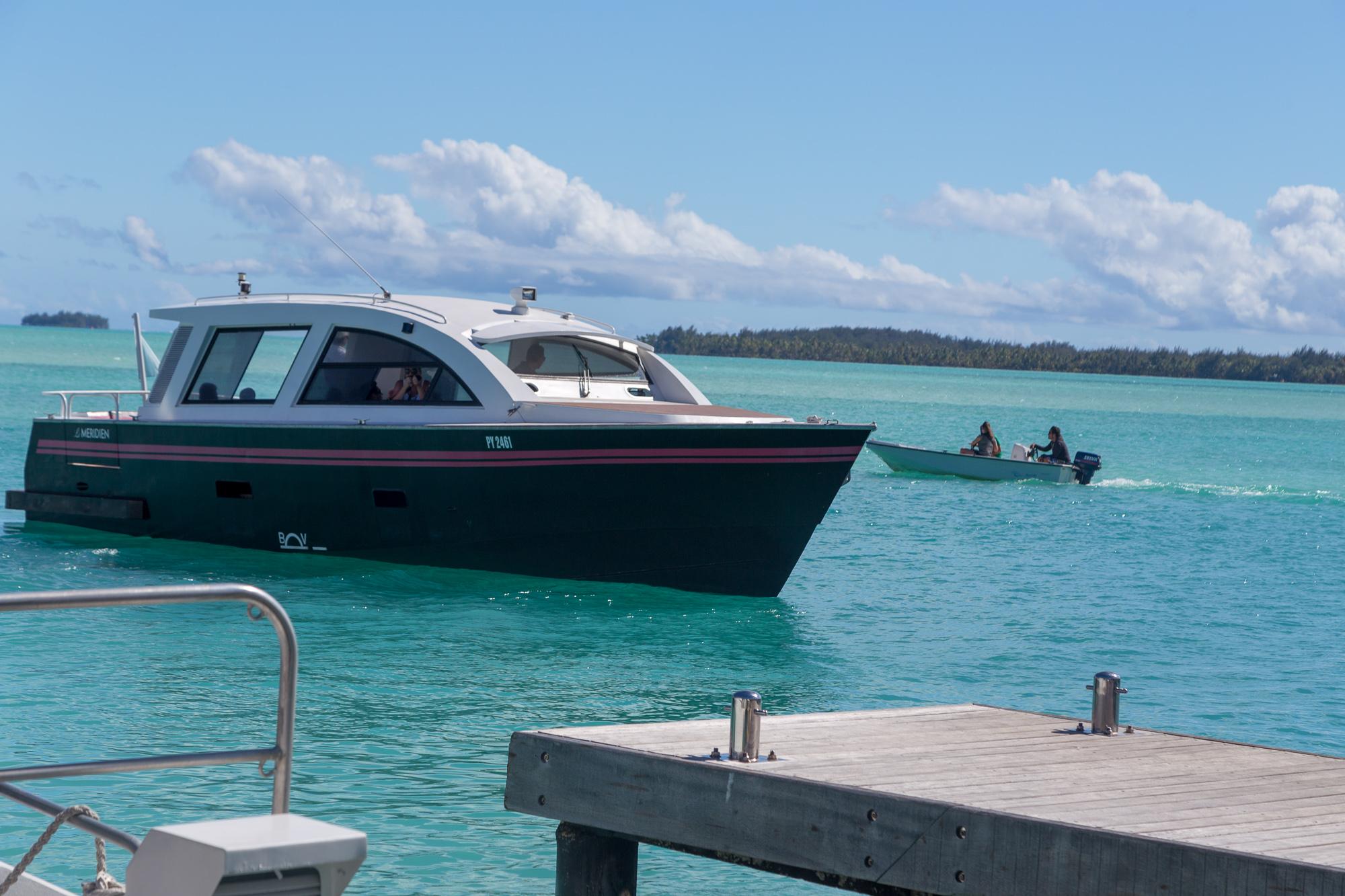
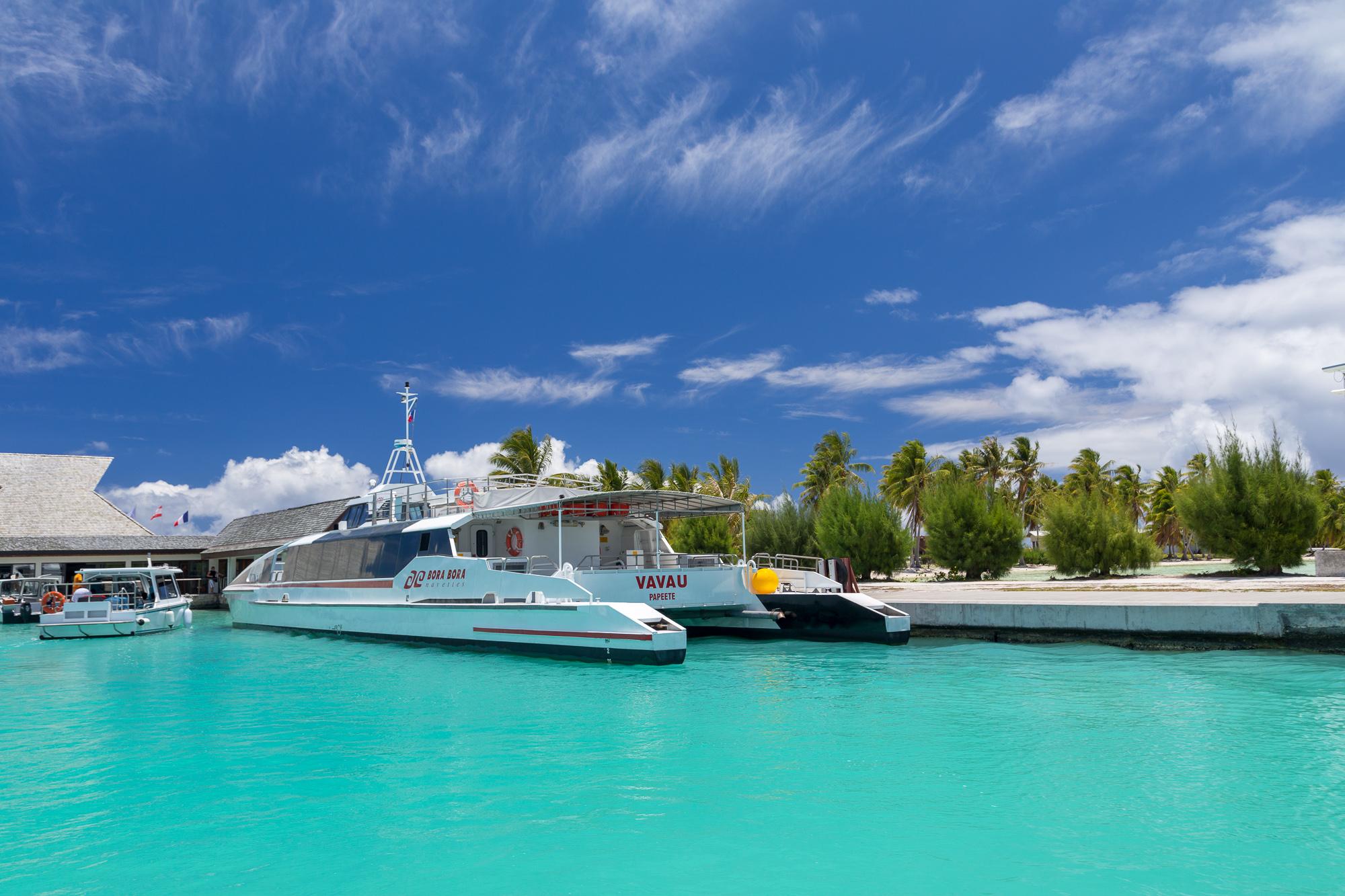
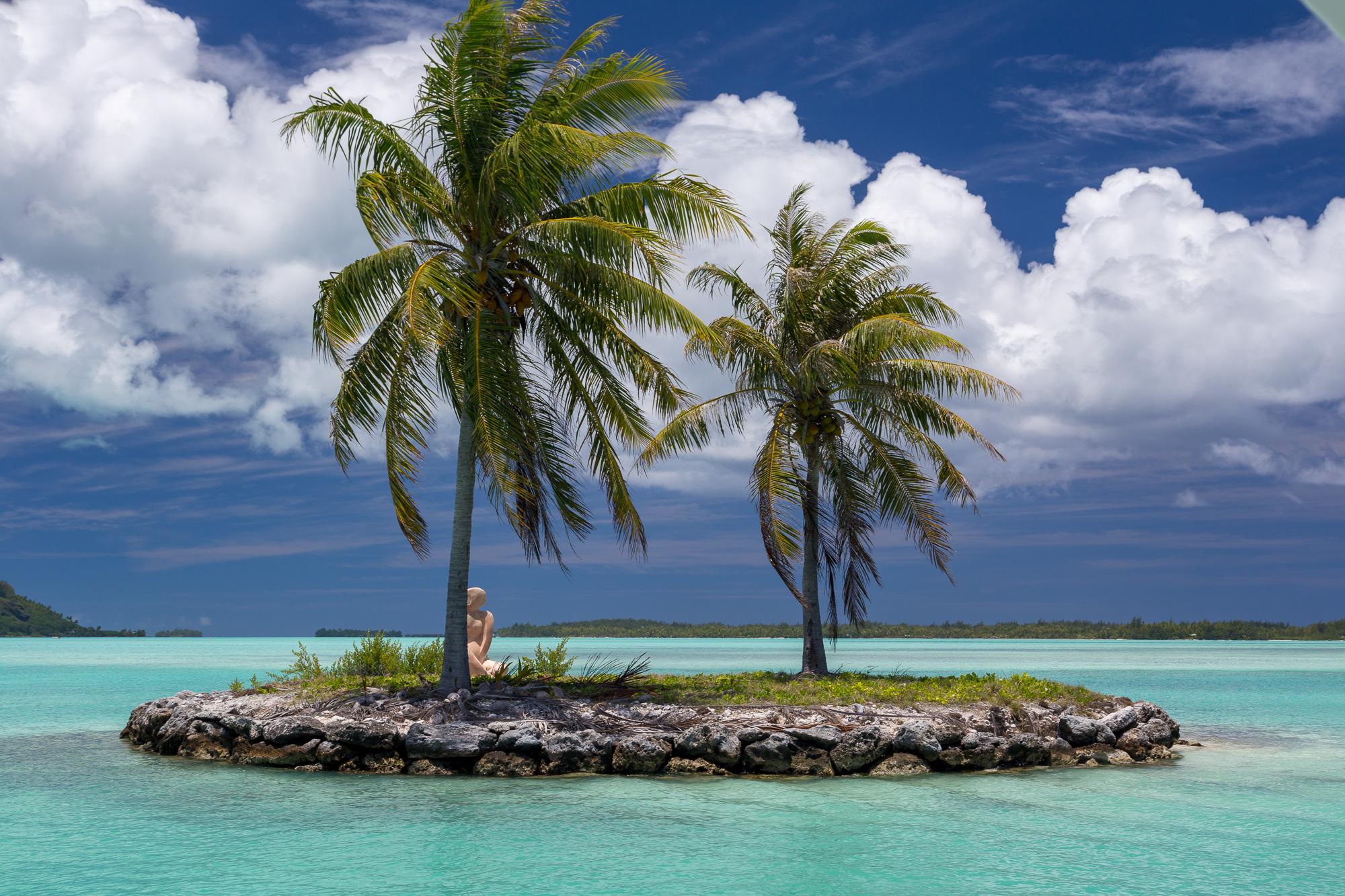

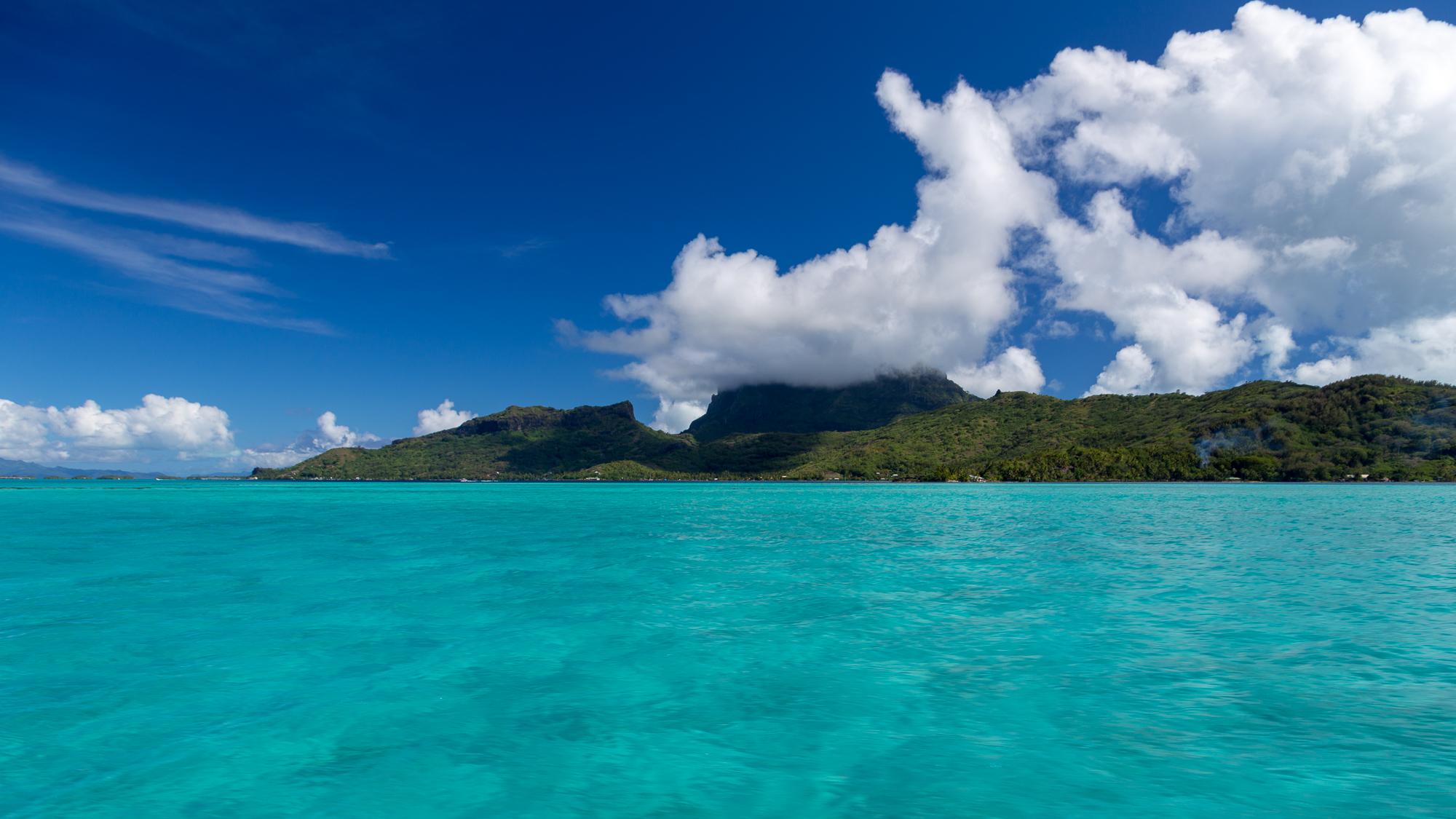
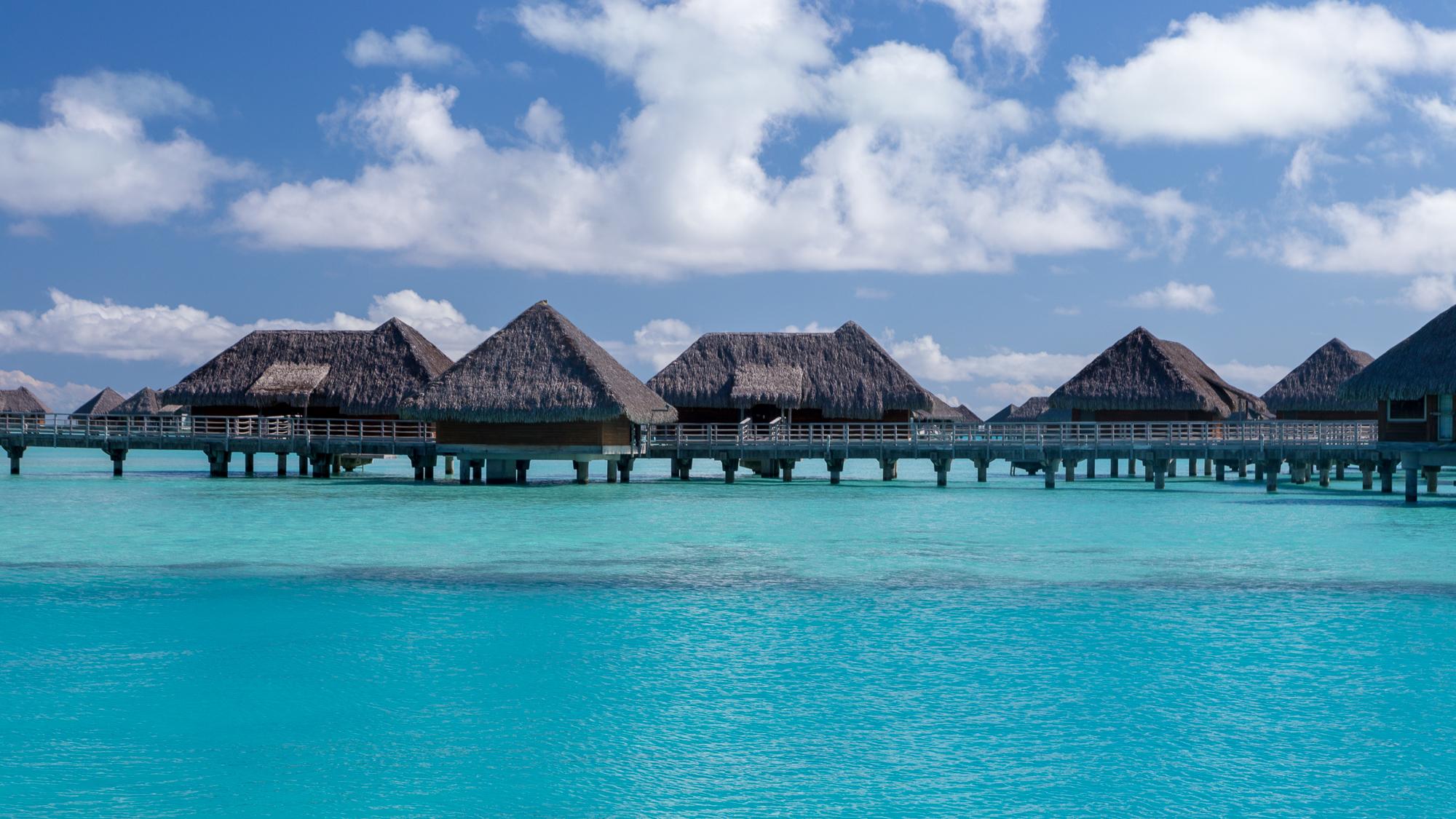

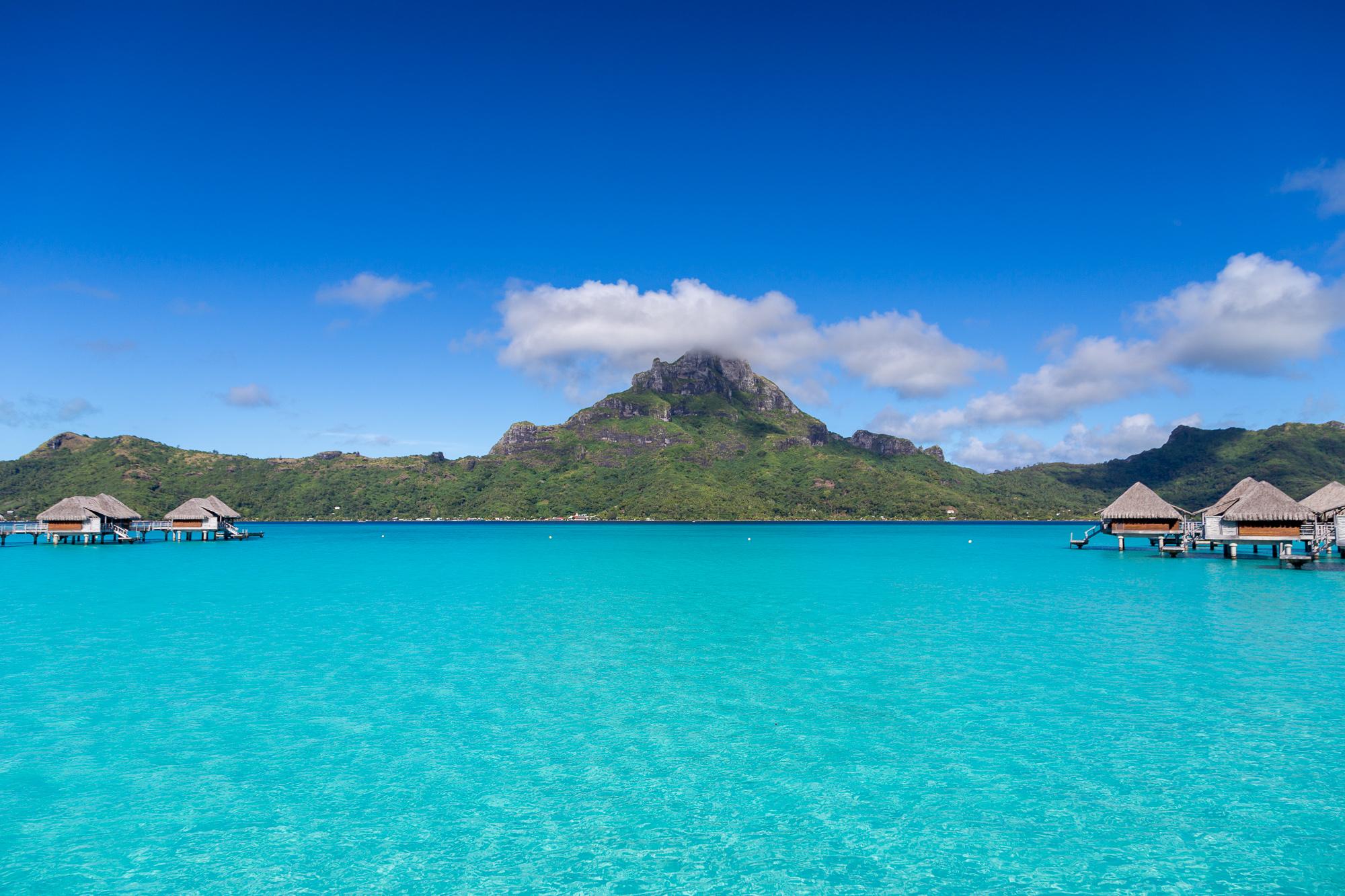
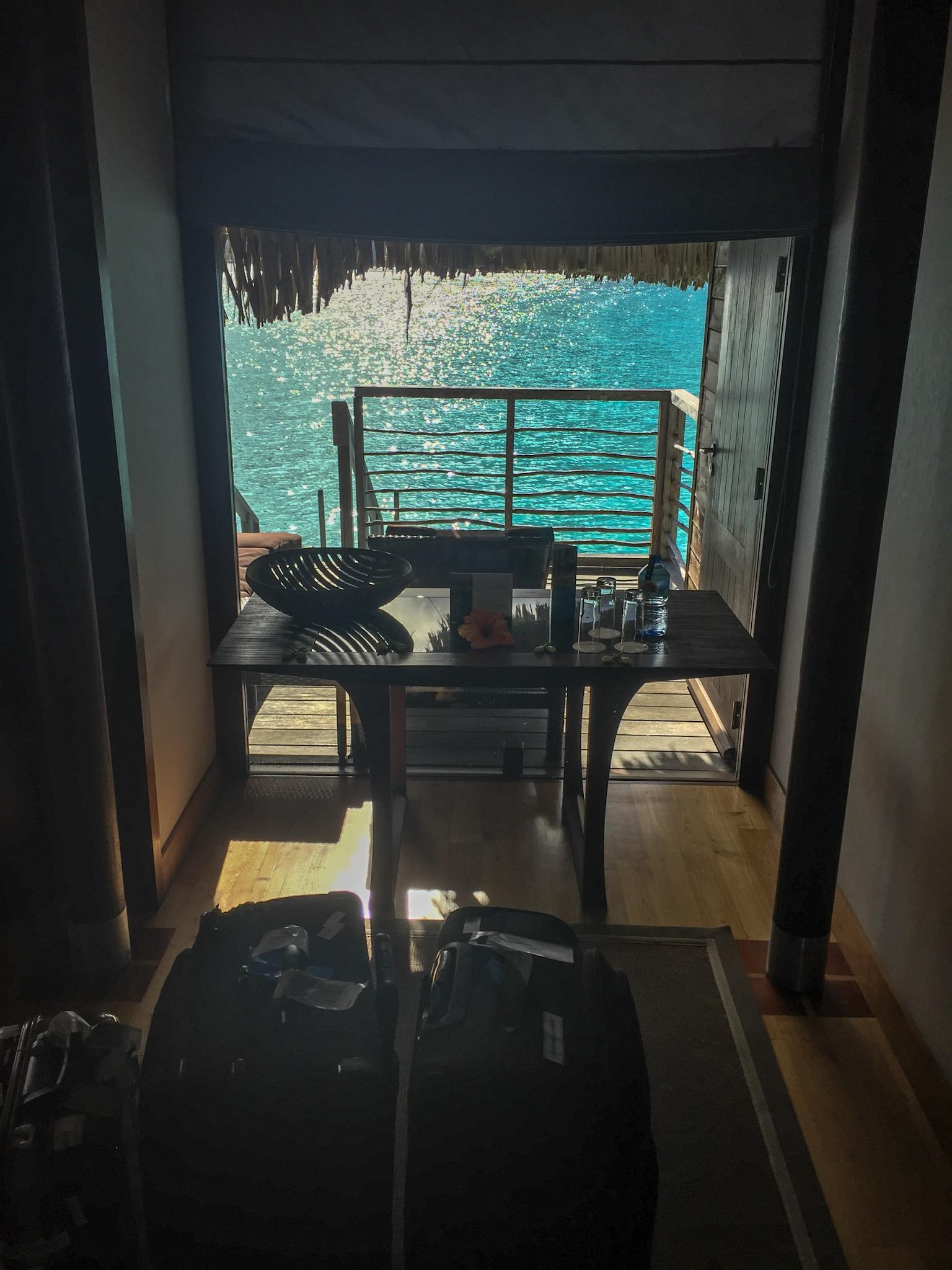
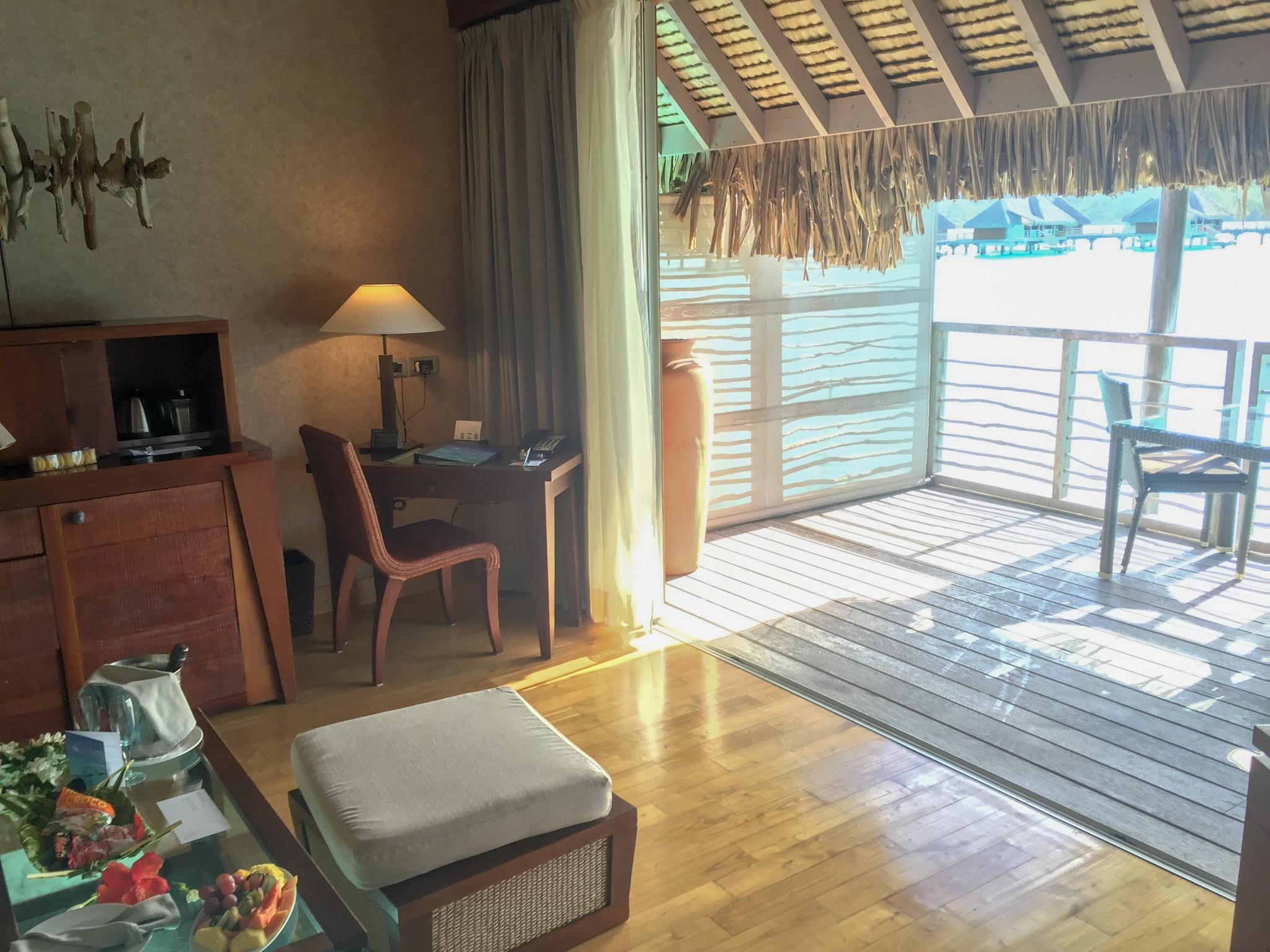
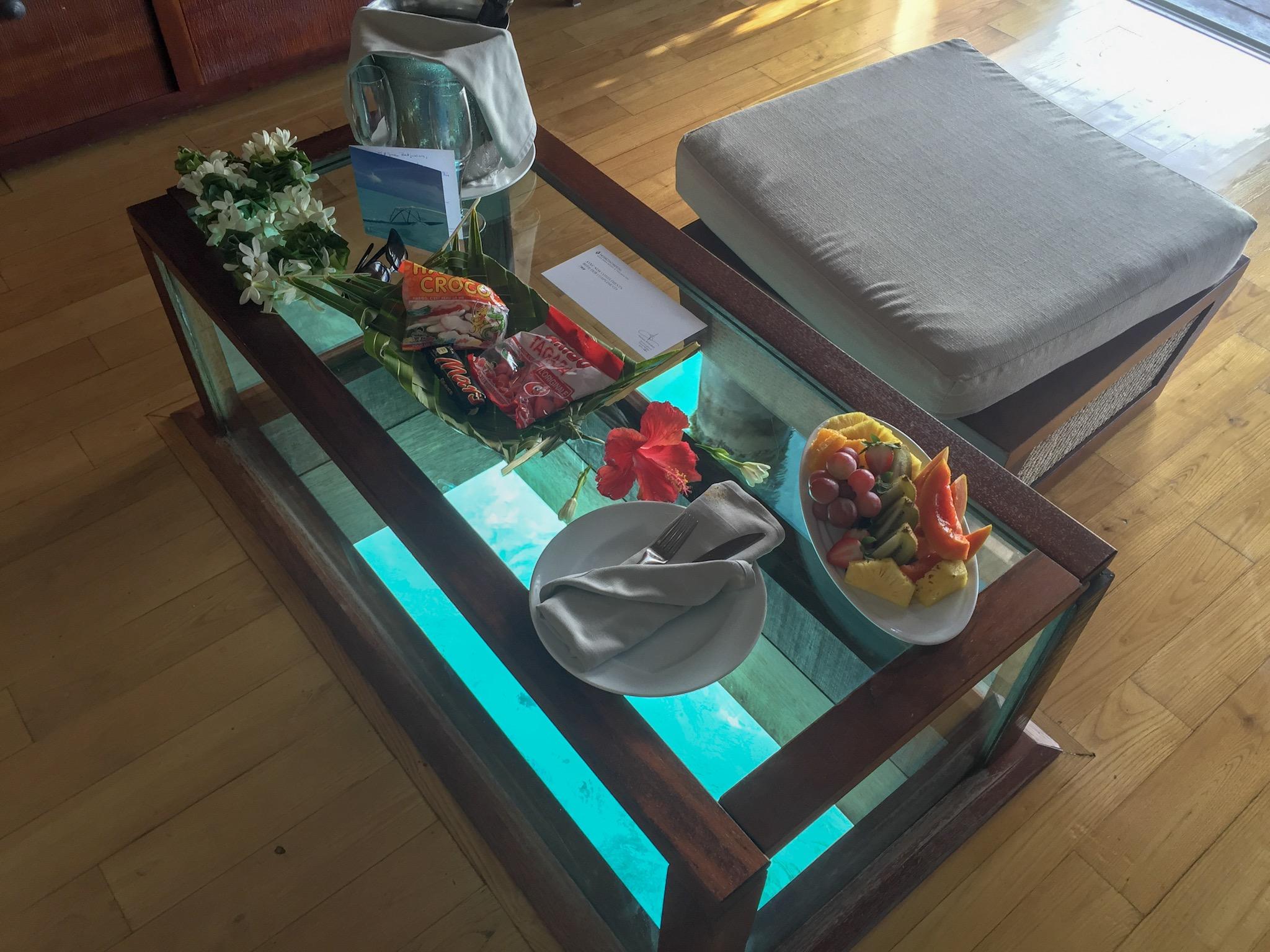



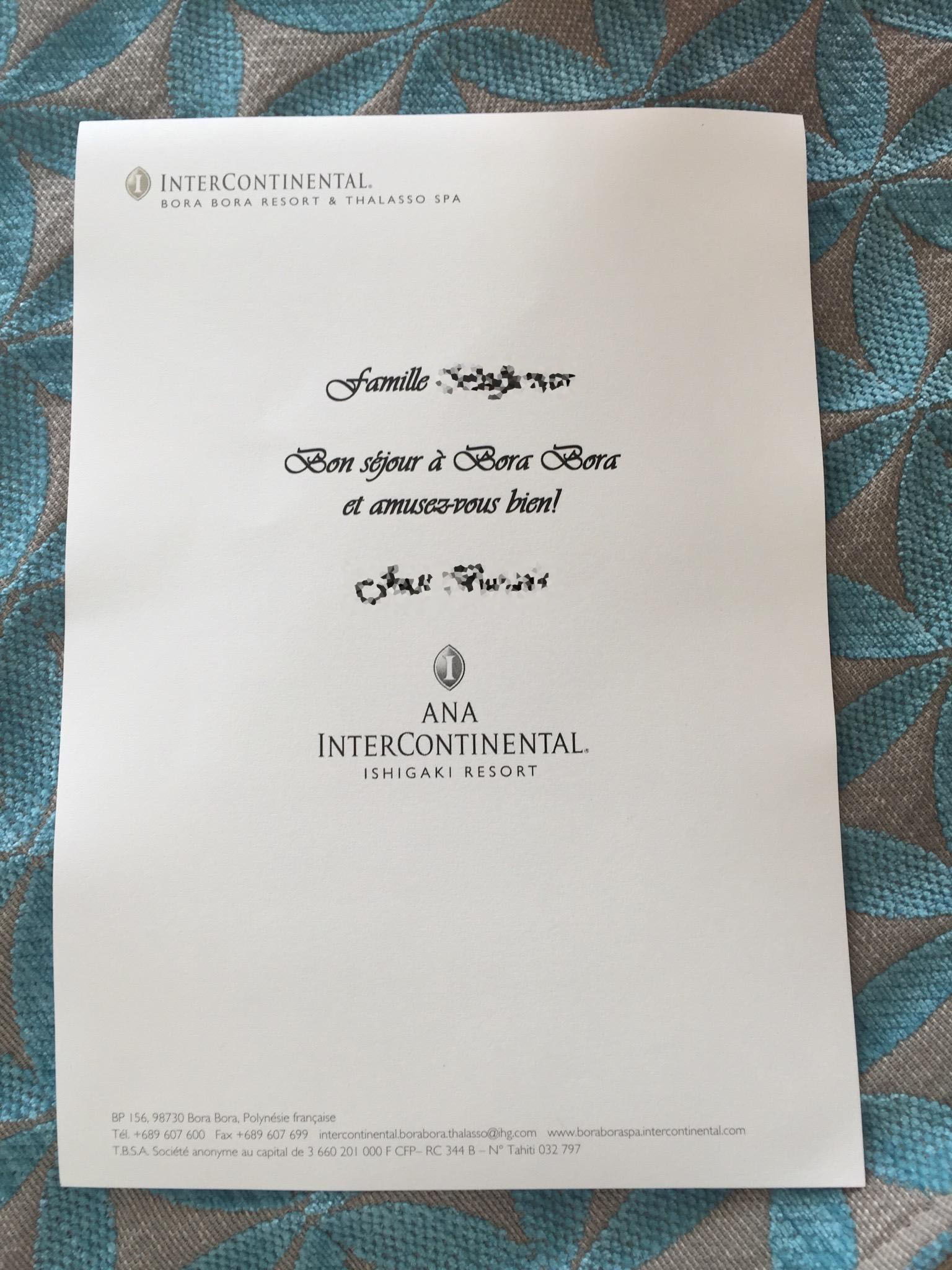







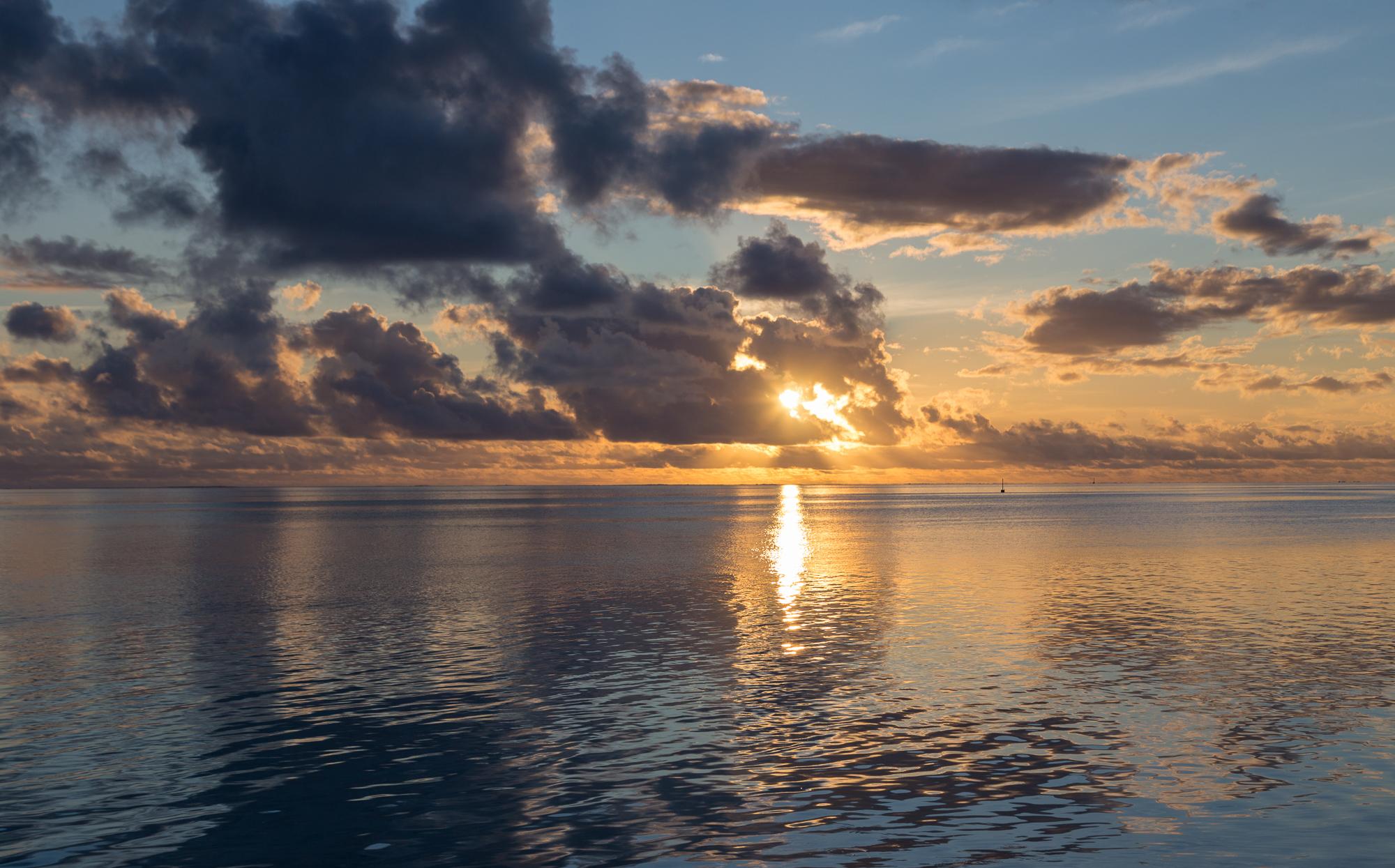

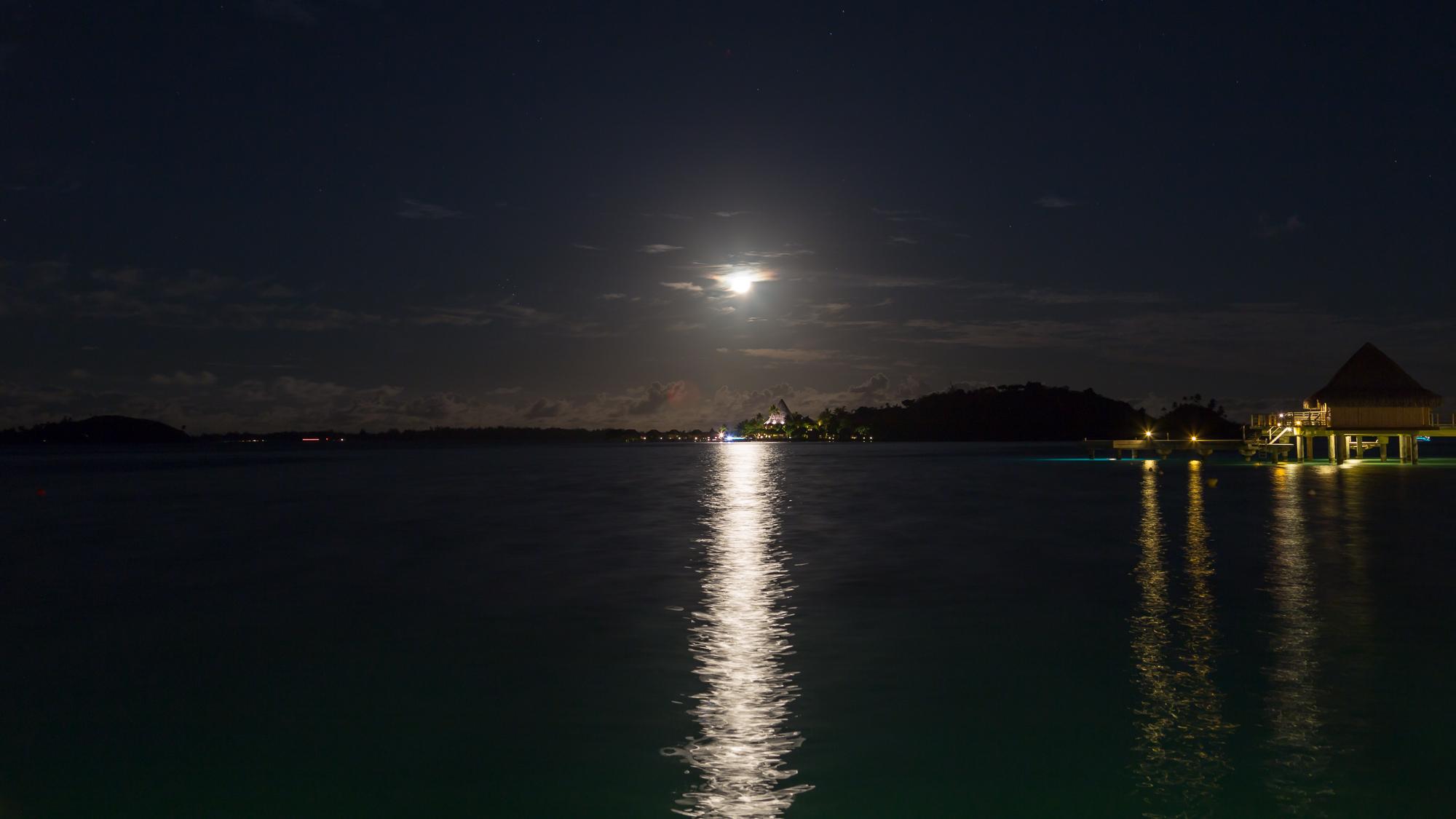

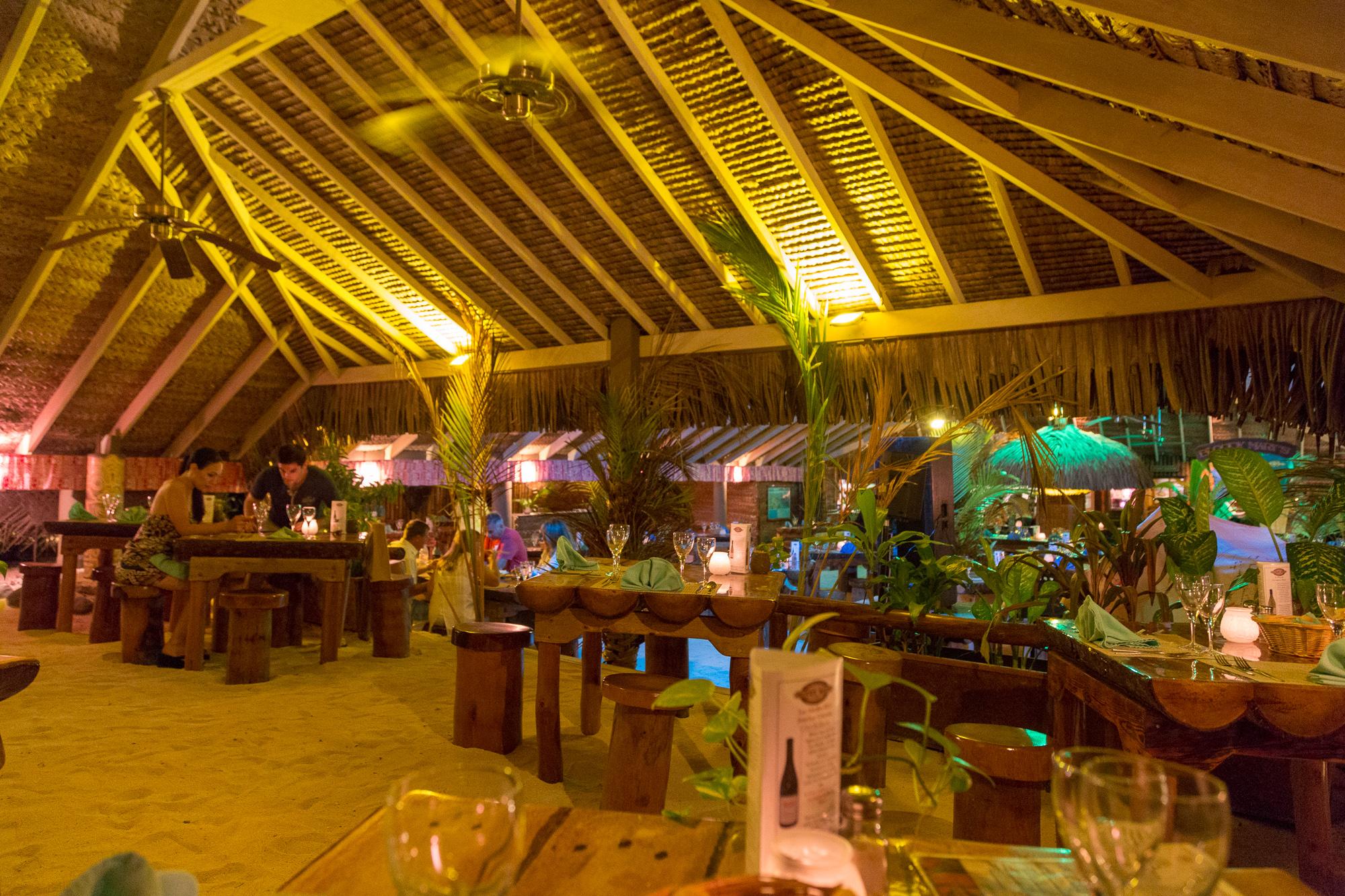


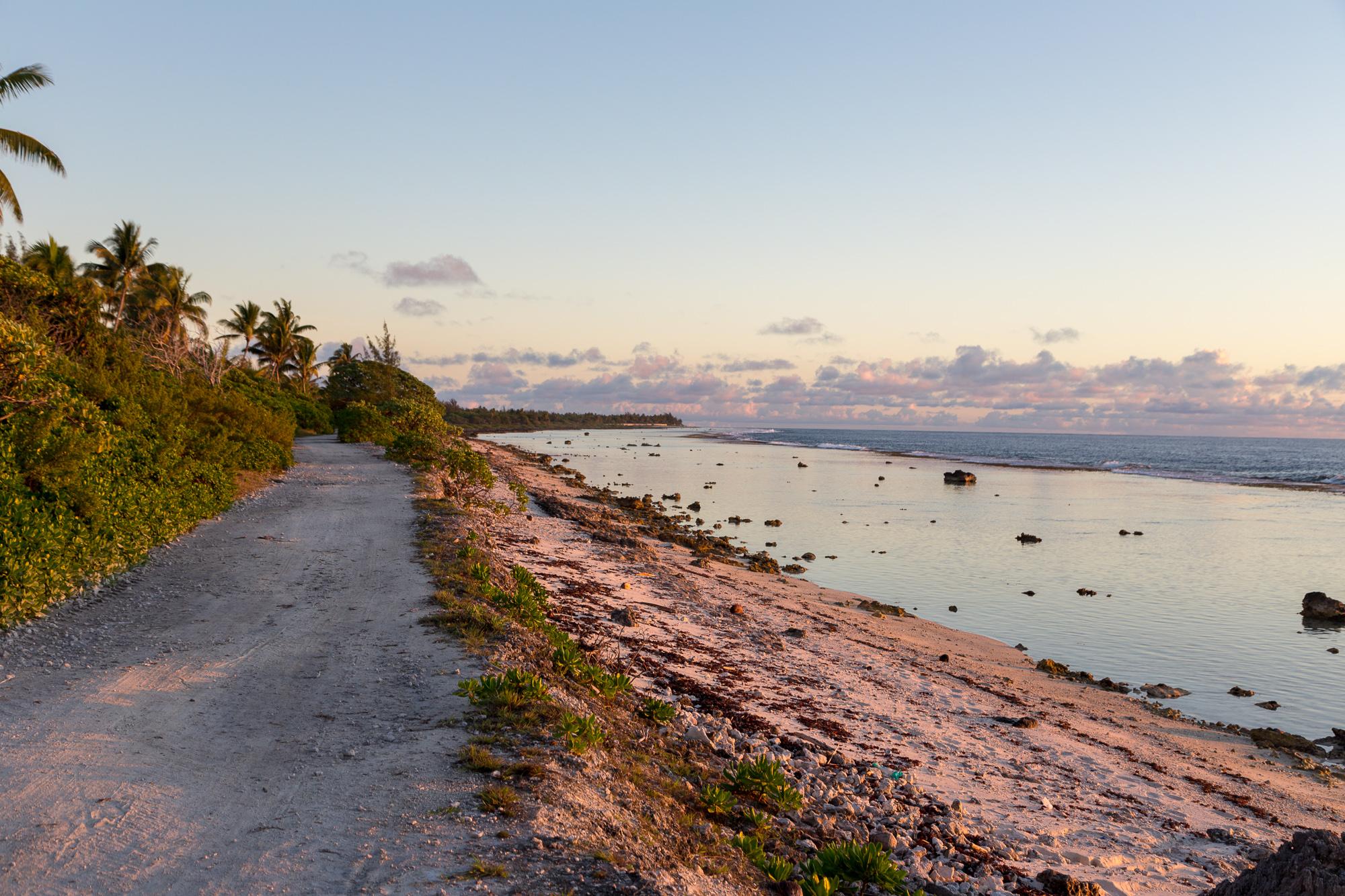

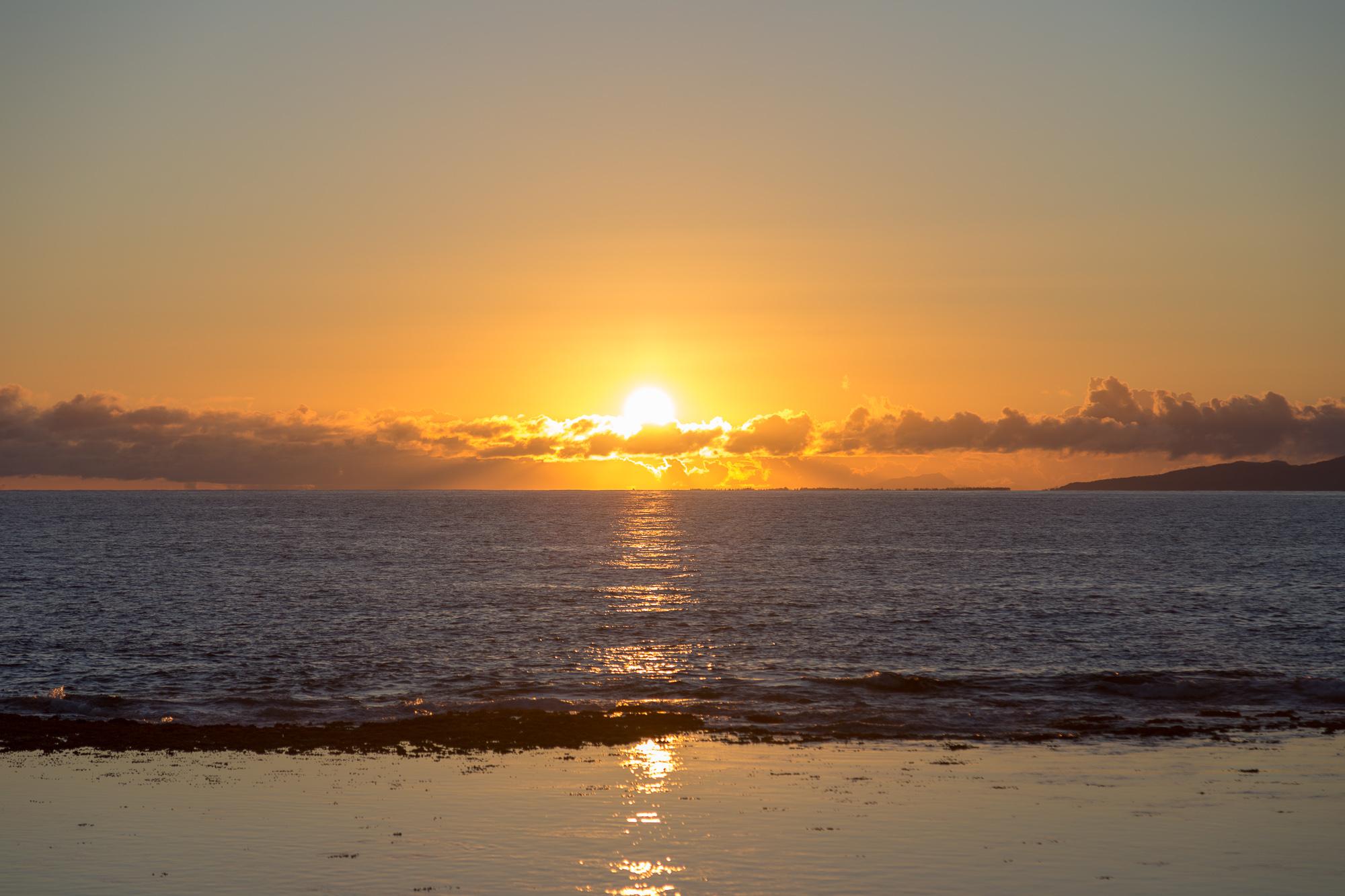
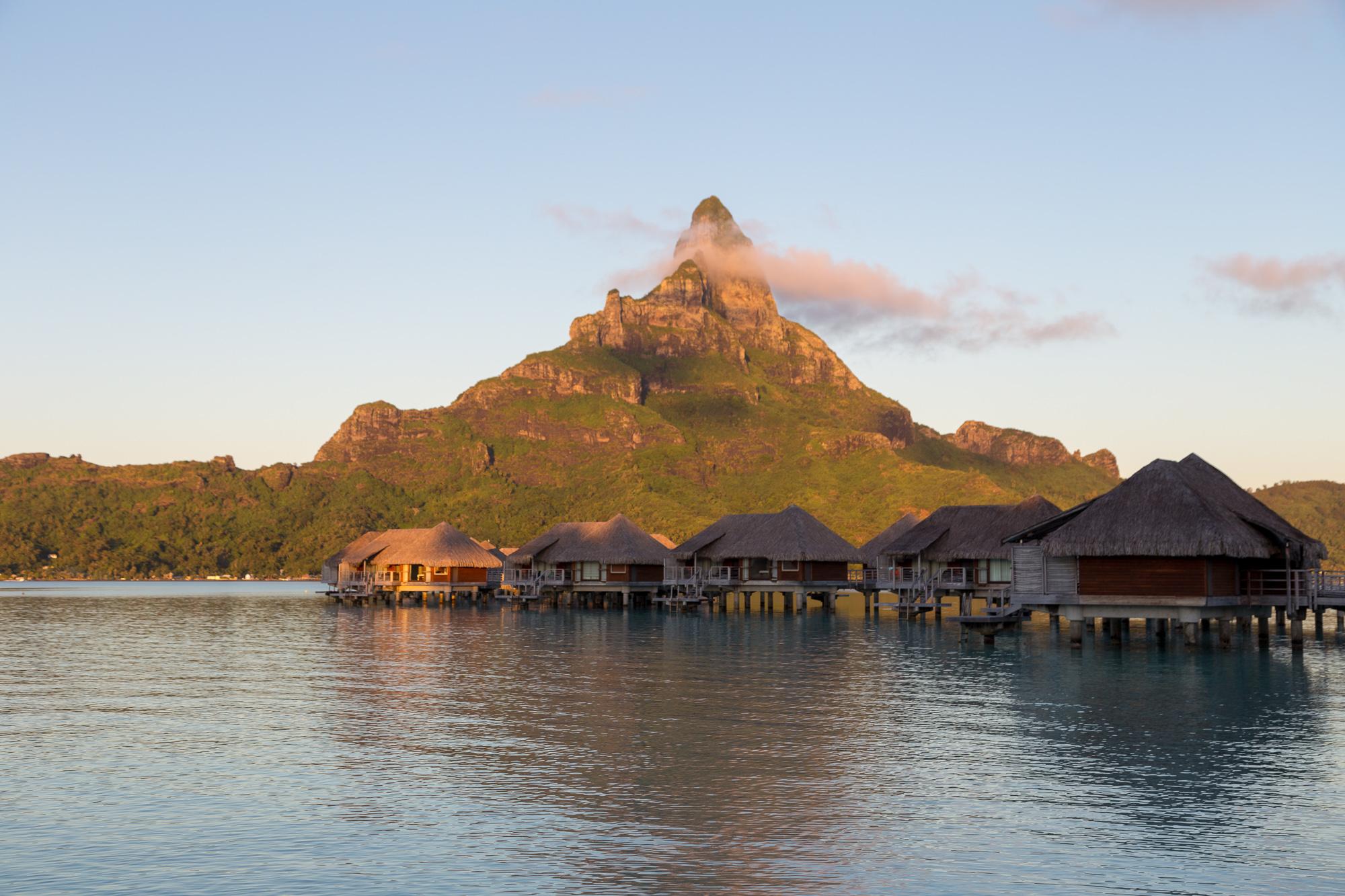
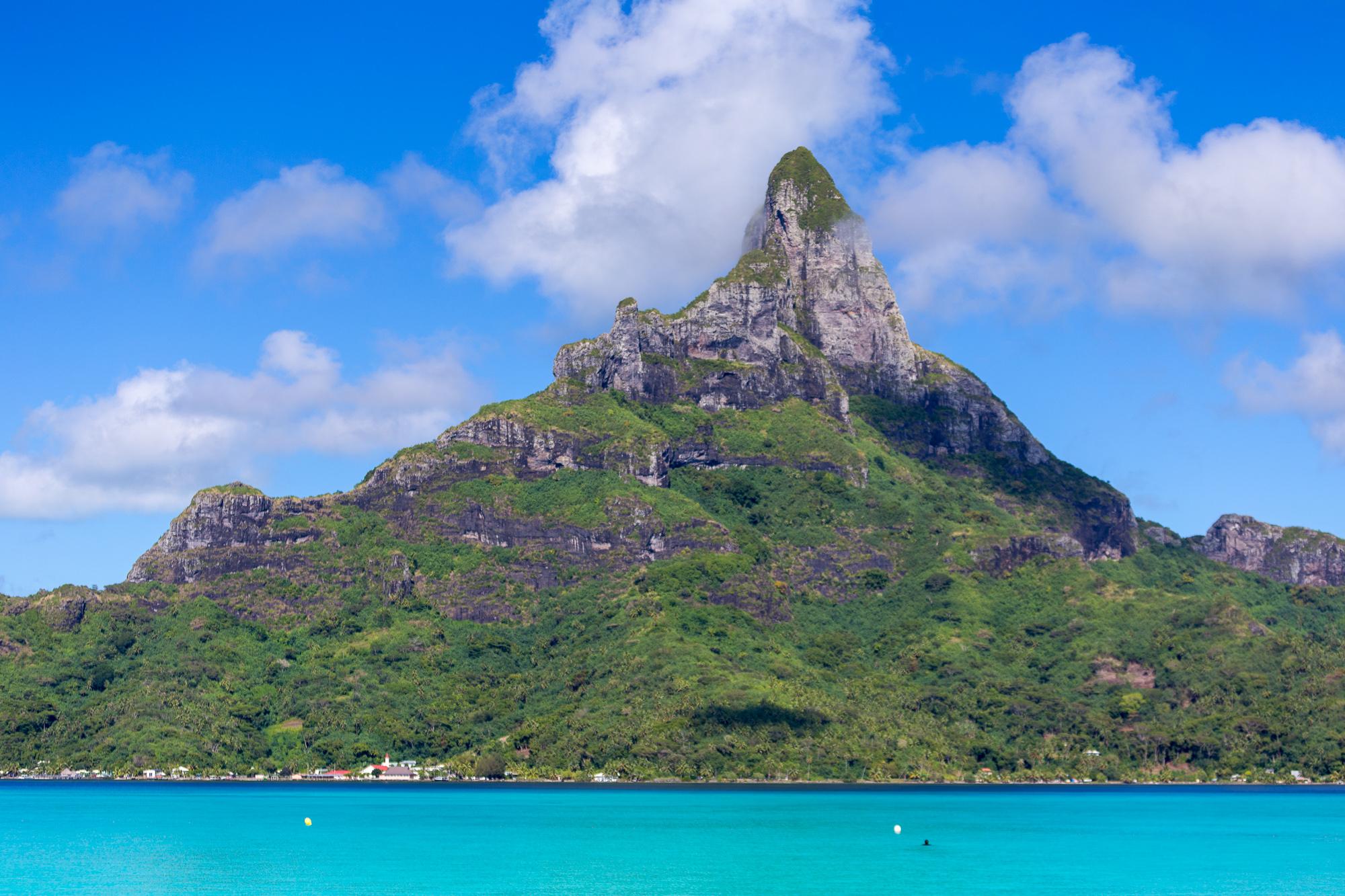
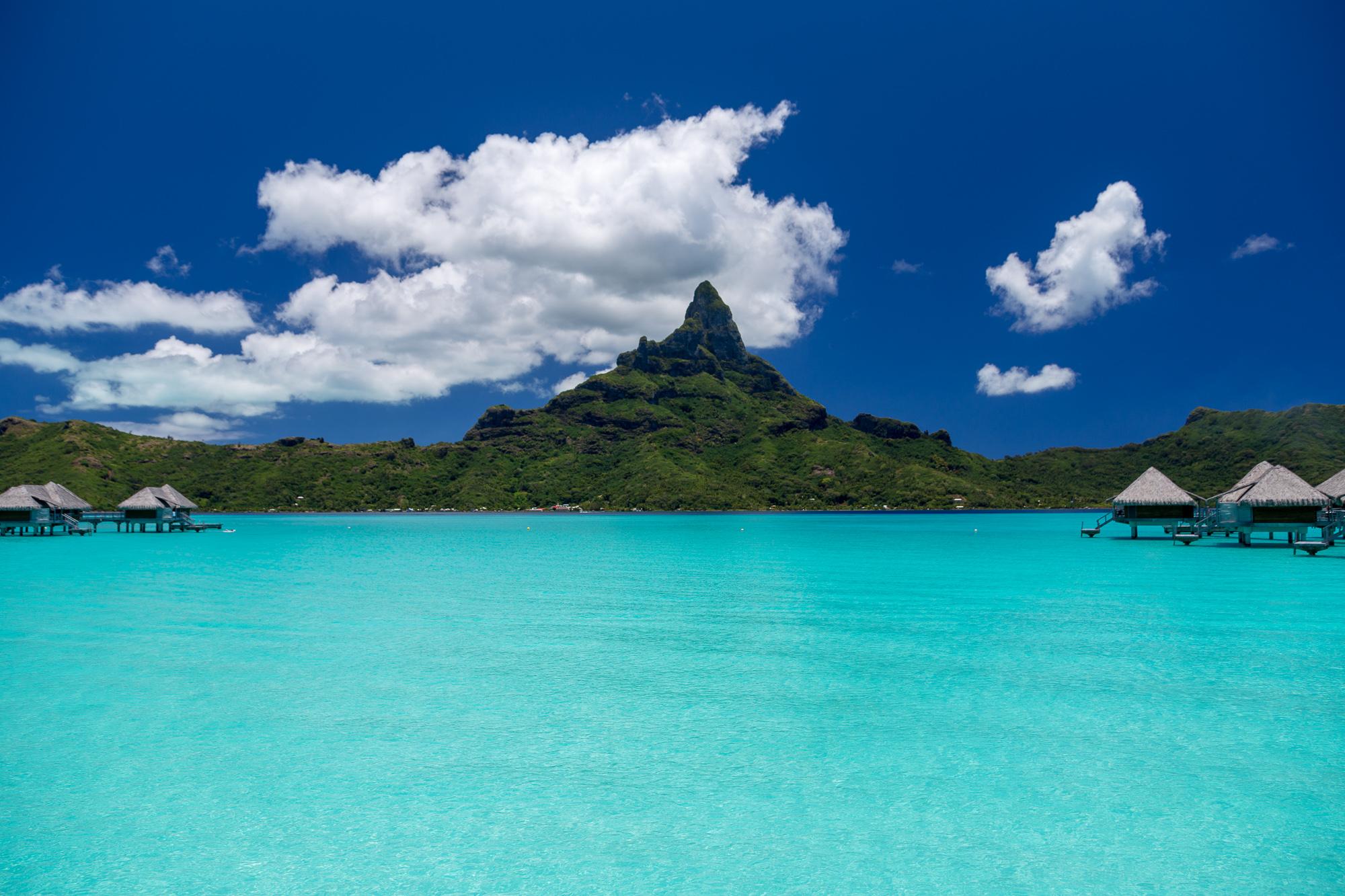

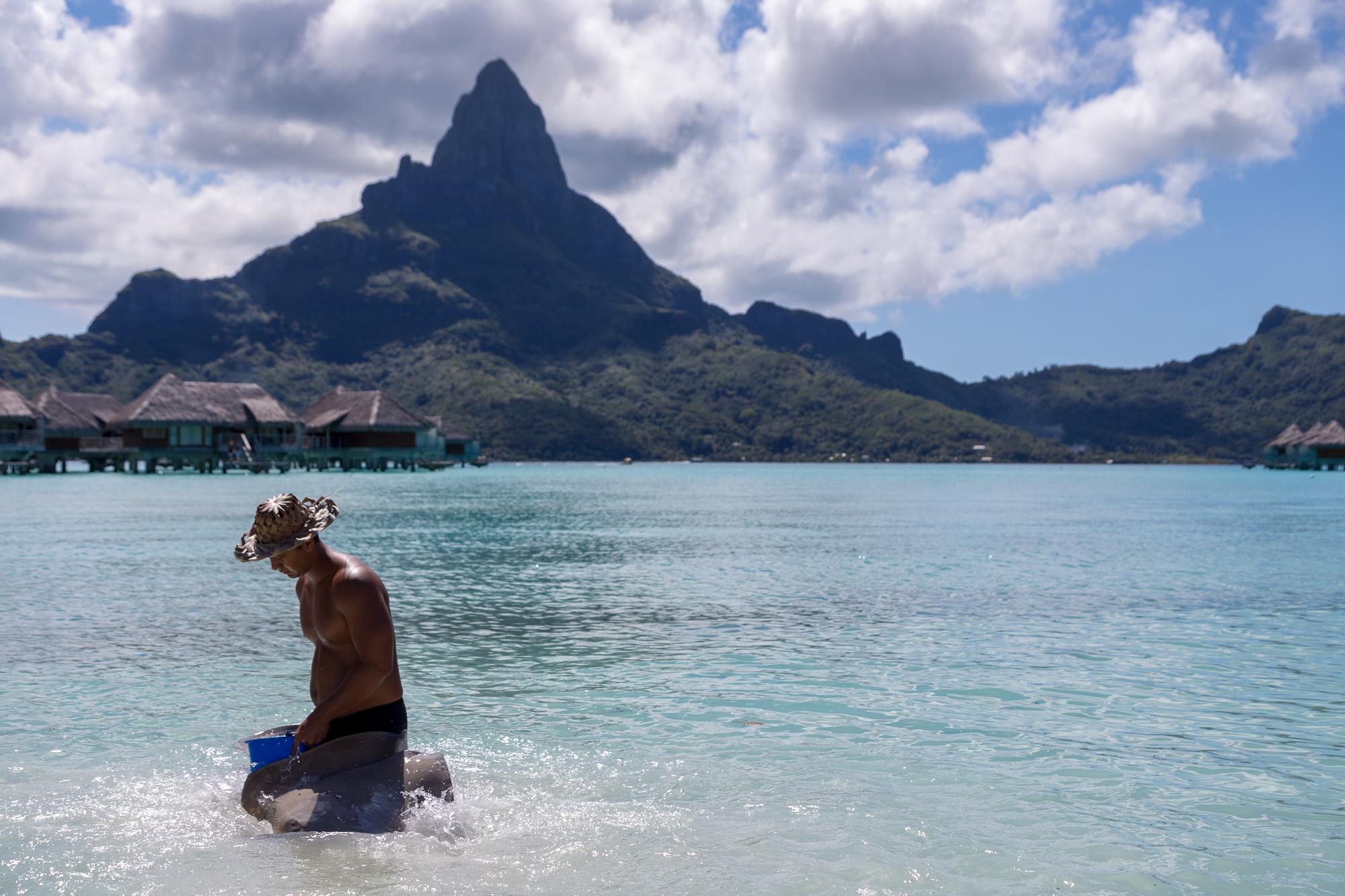
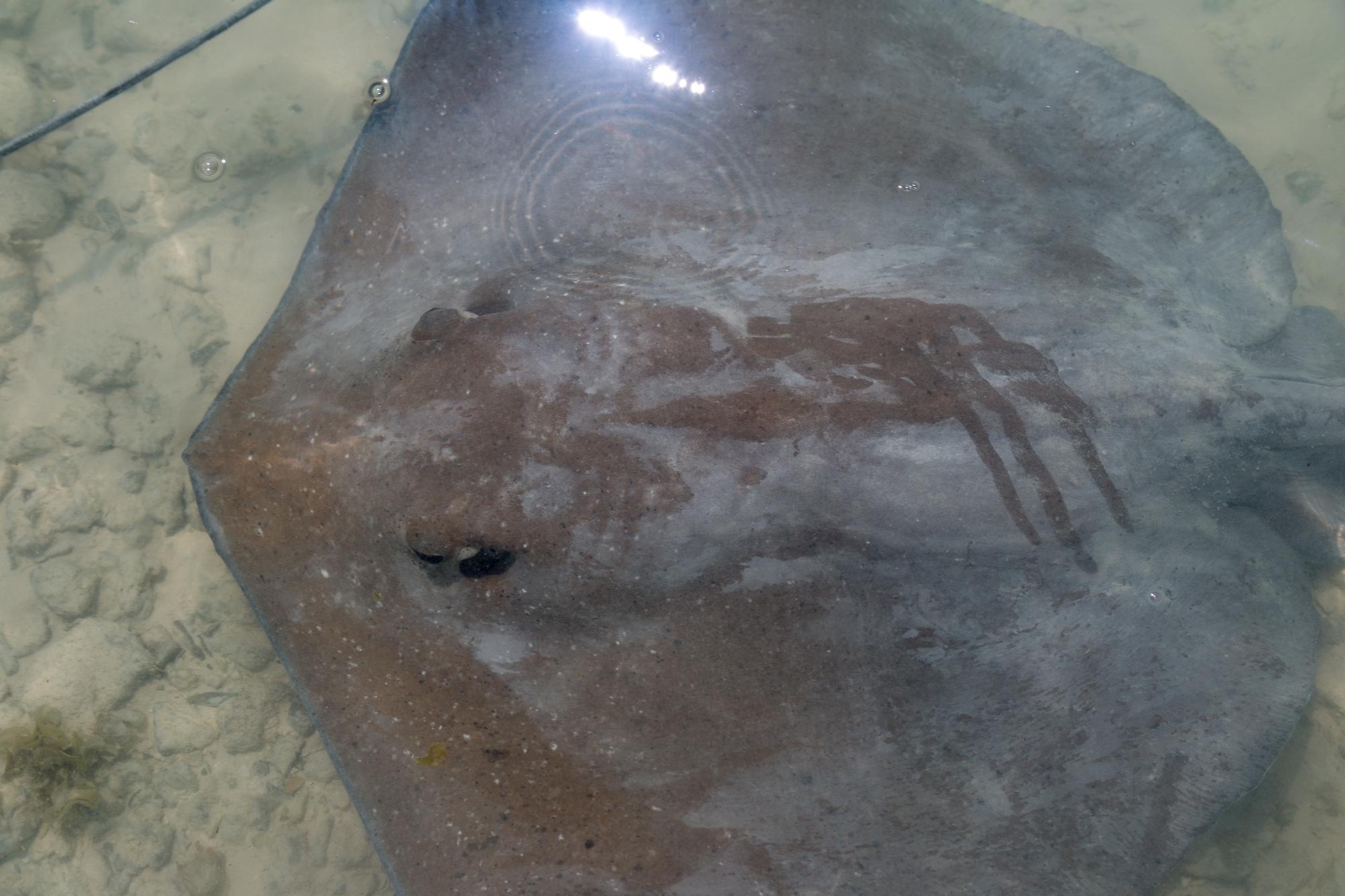
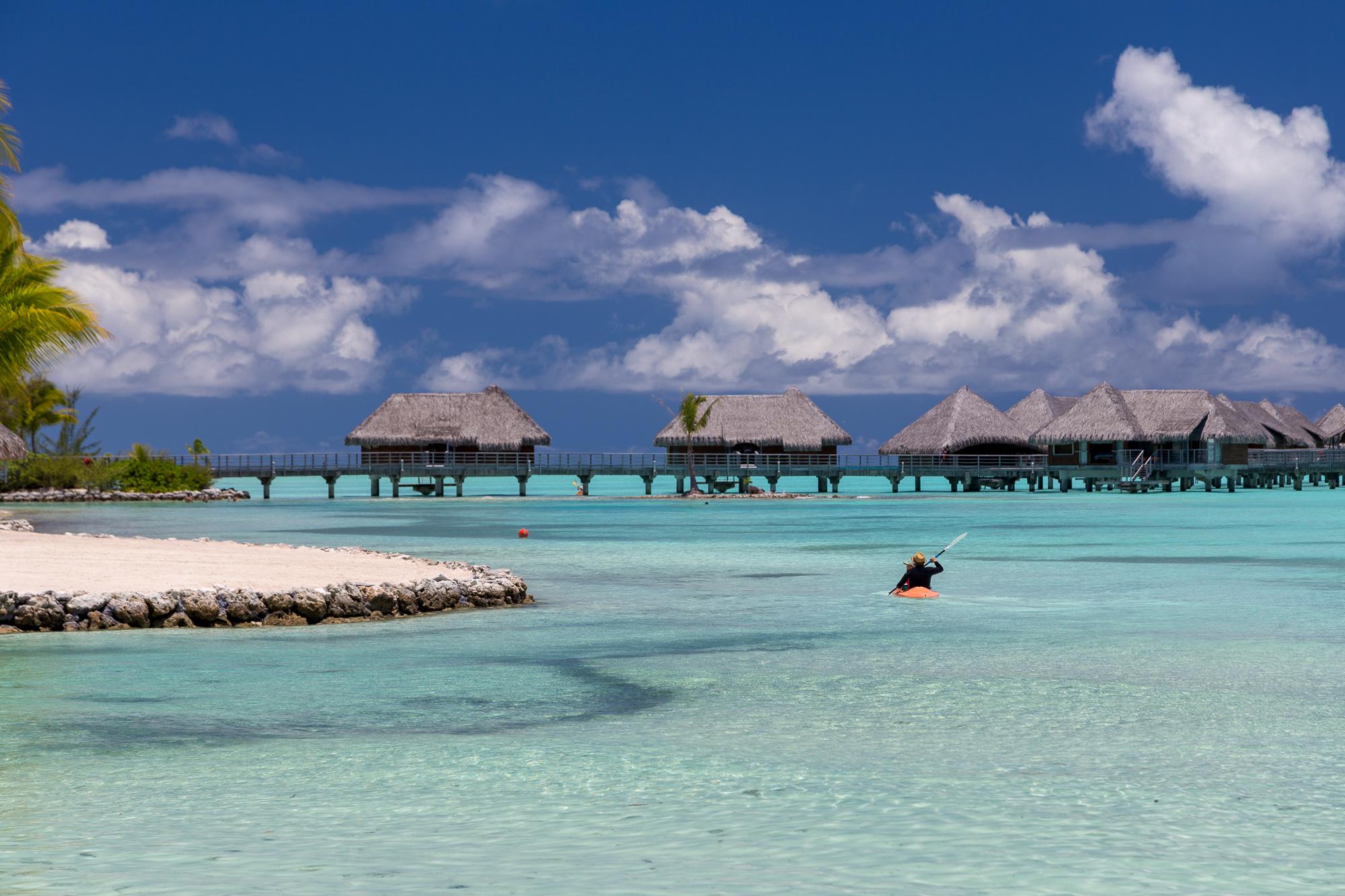


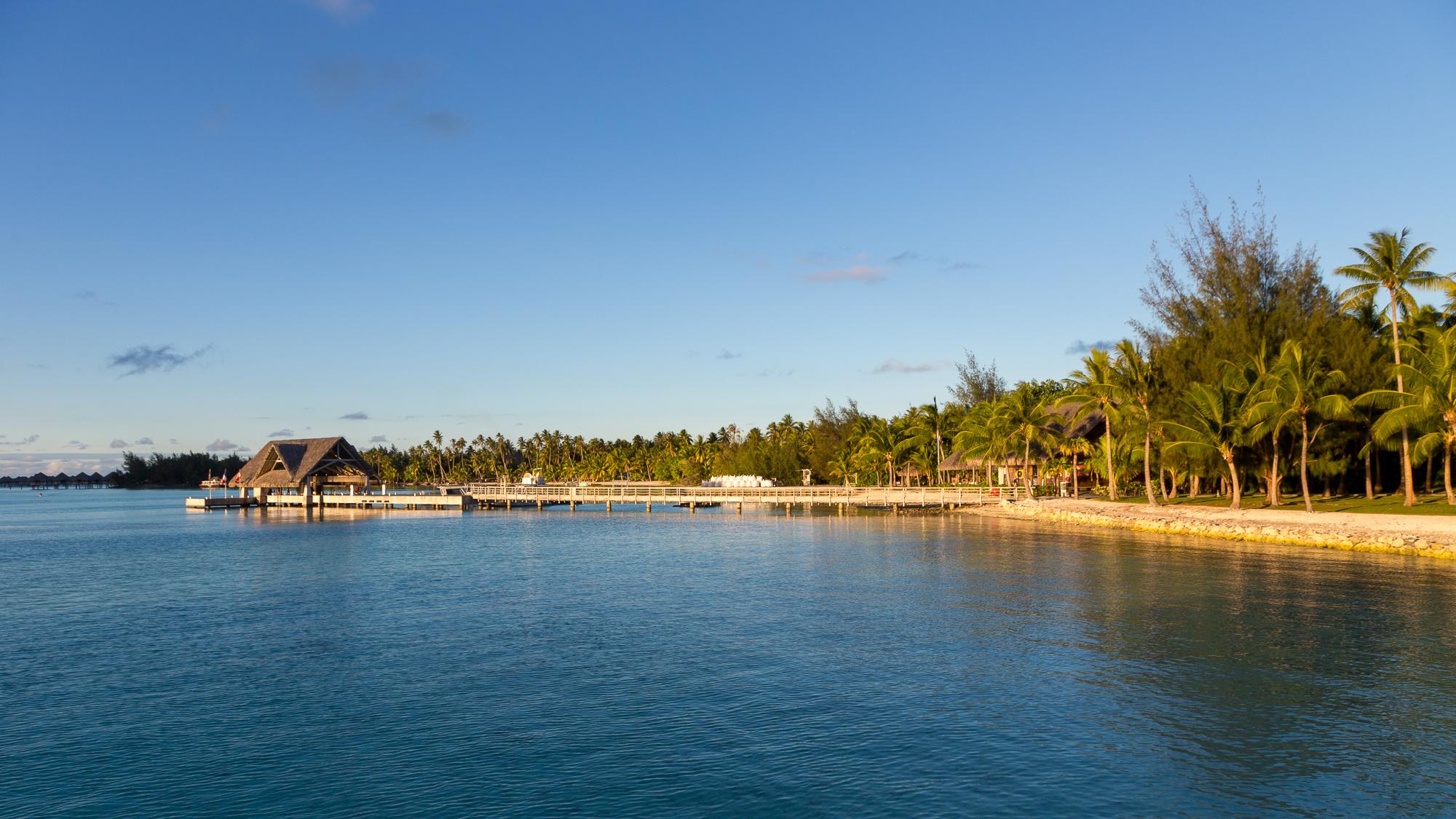
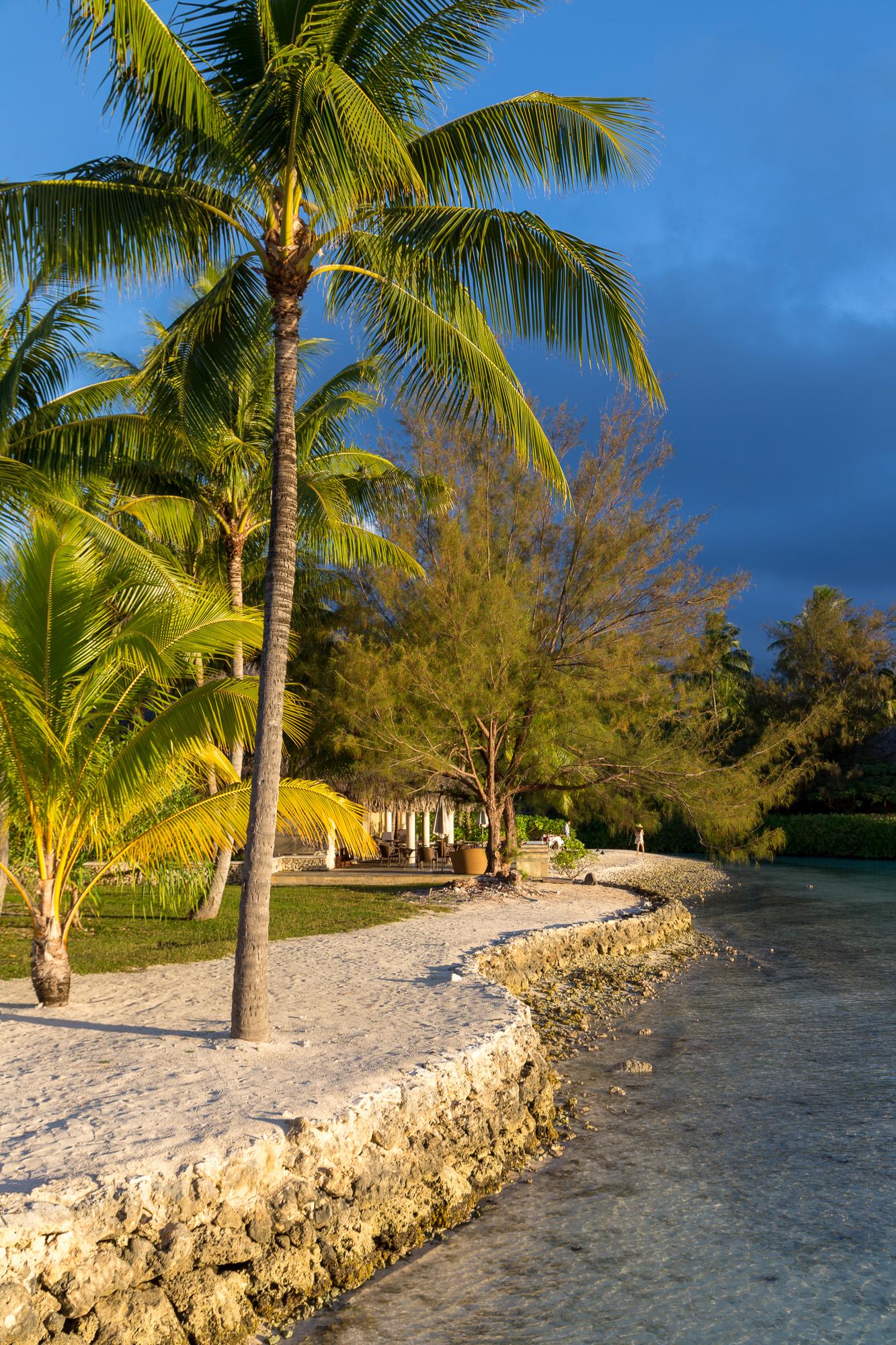
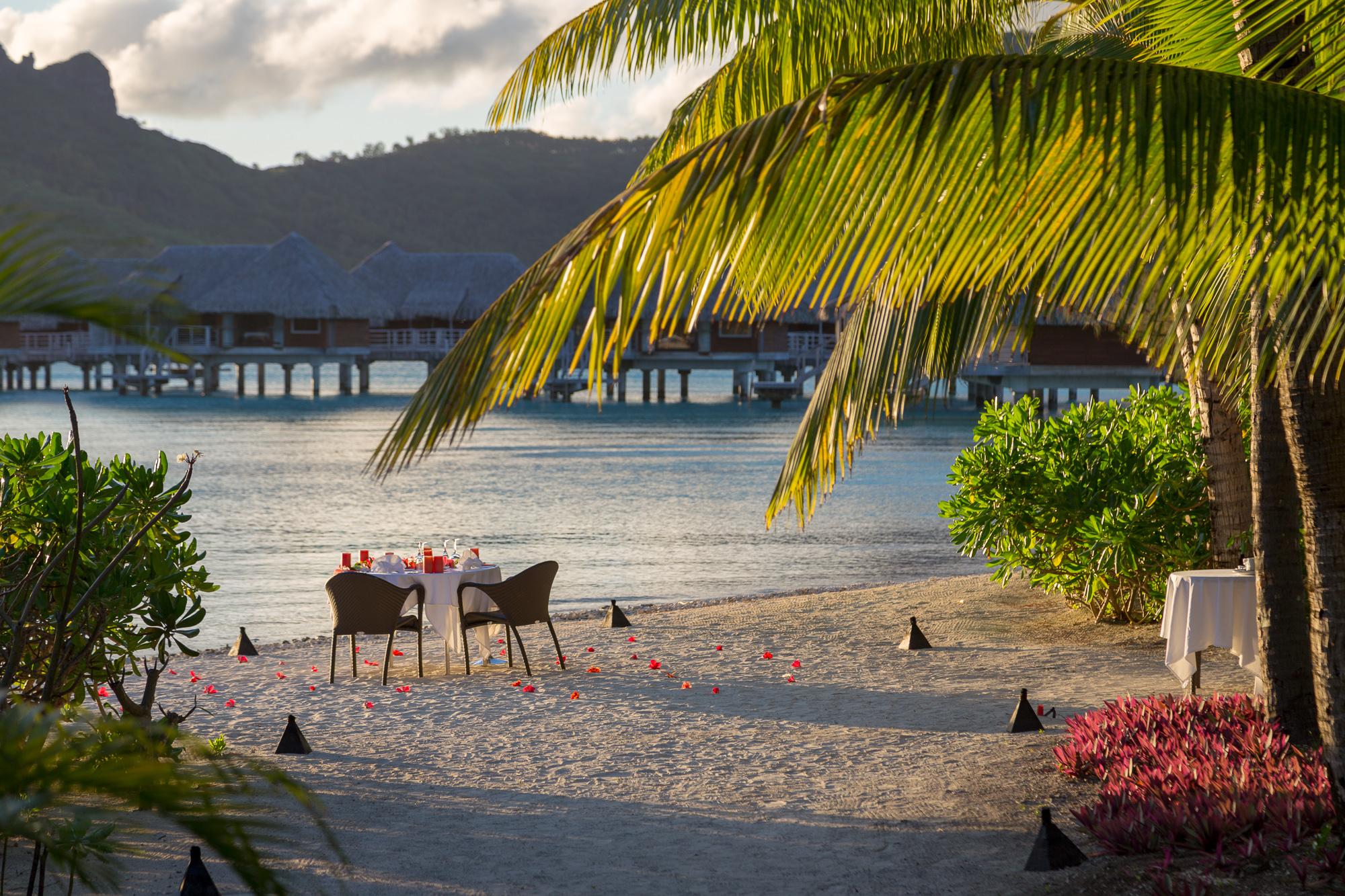


You must log in to post a comment.